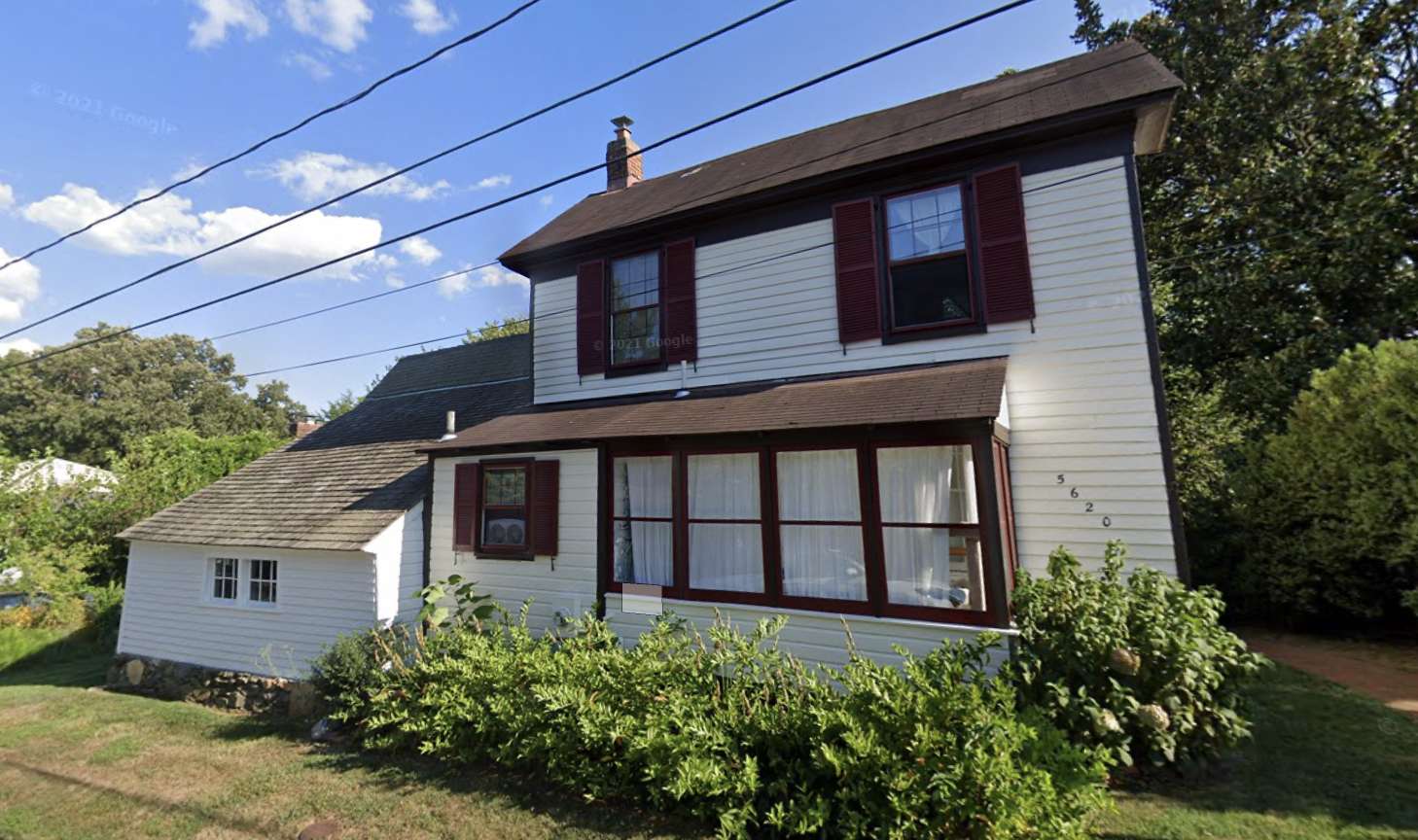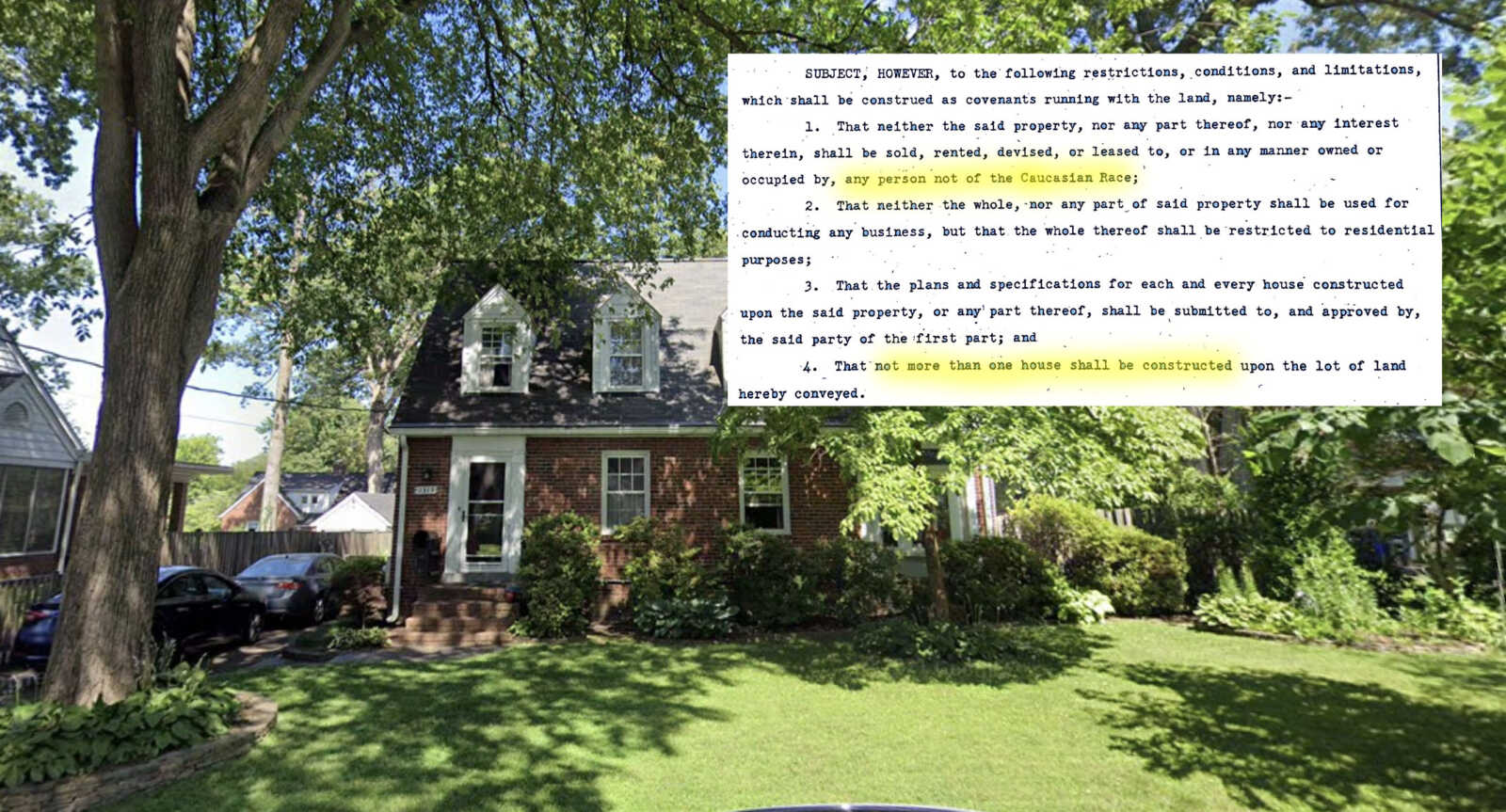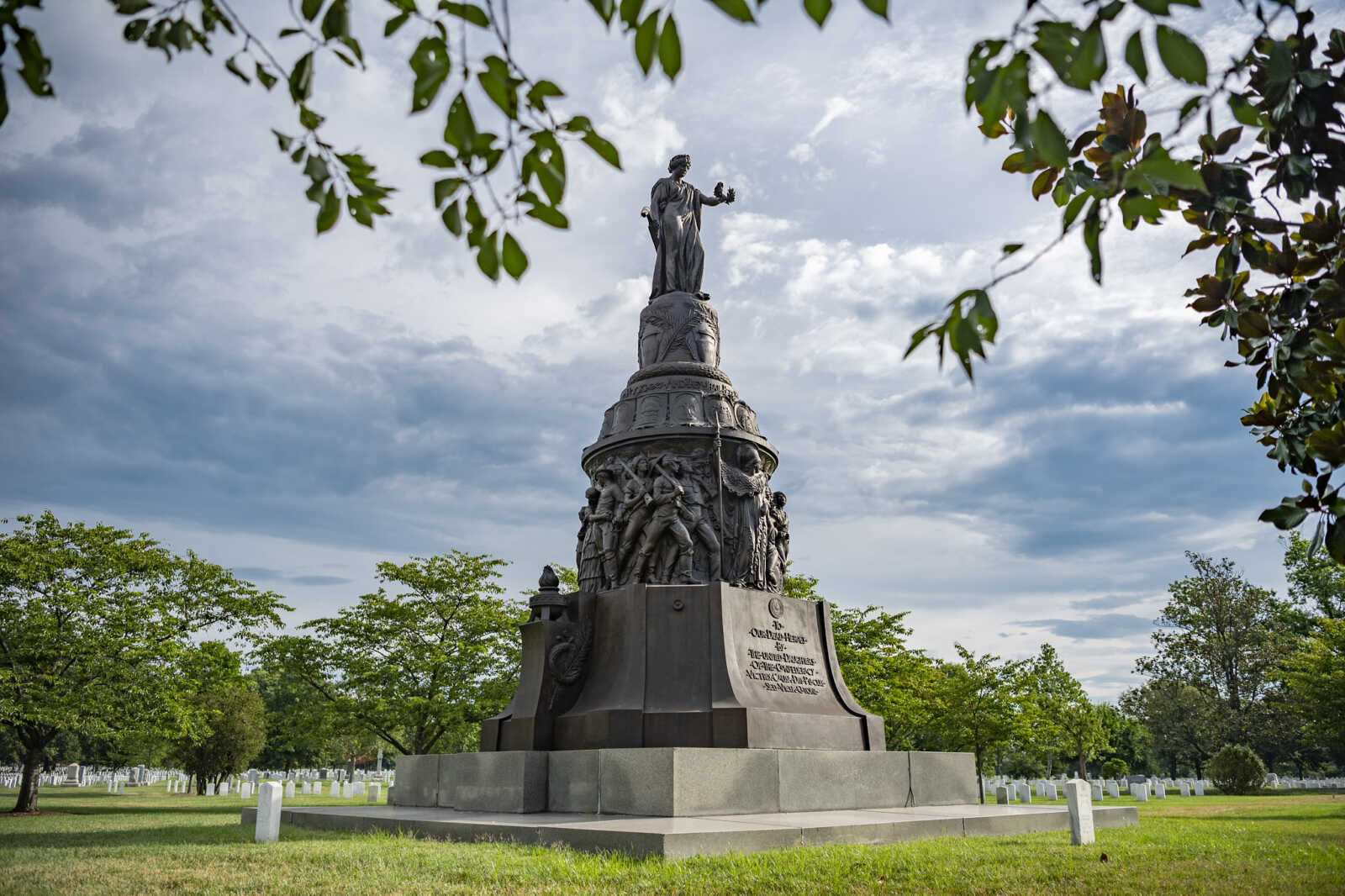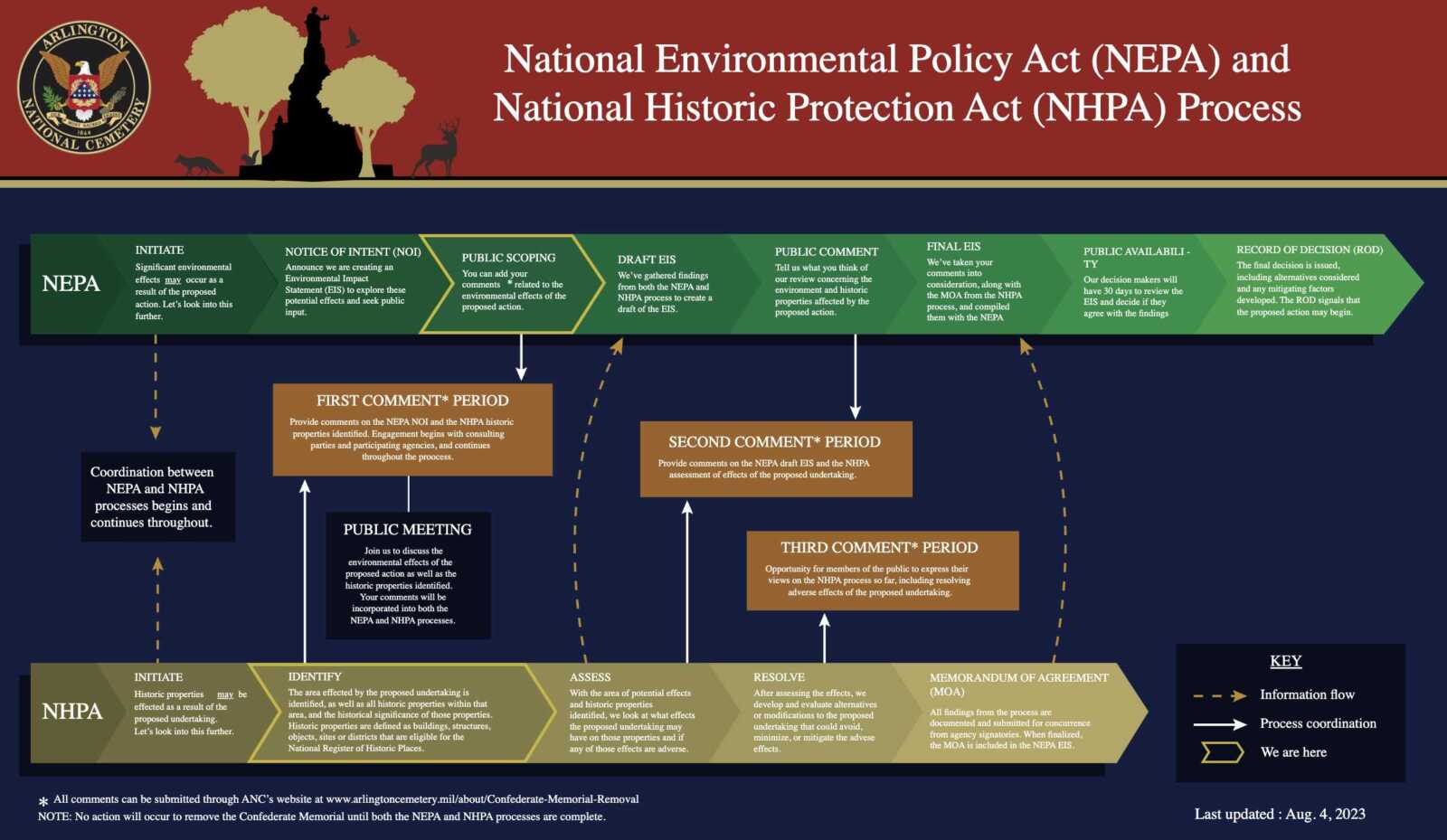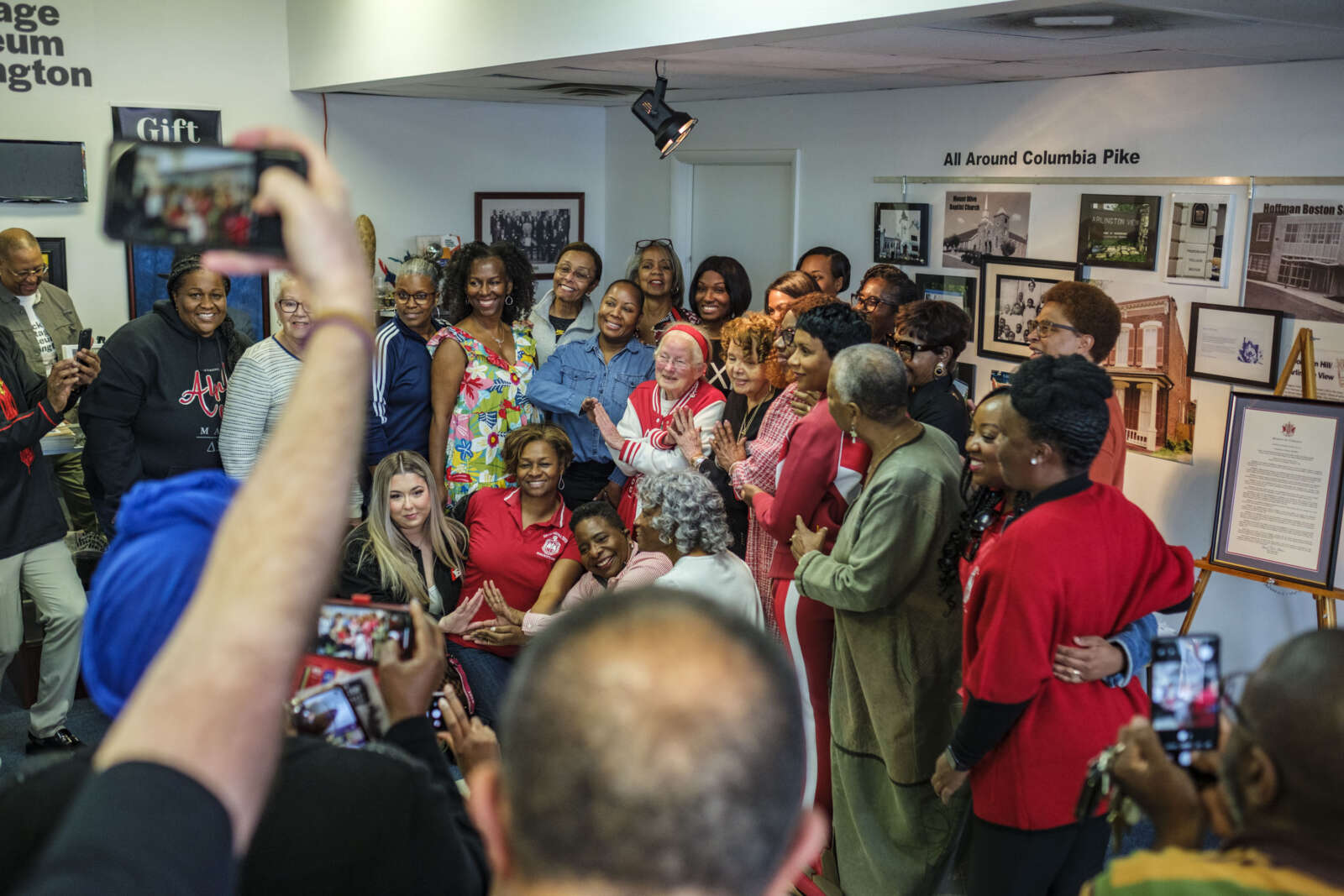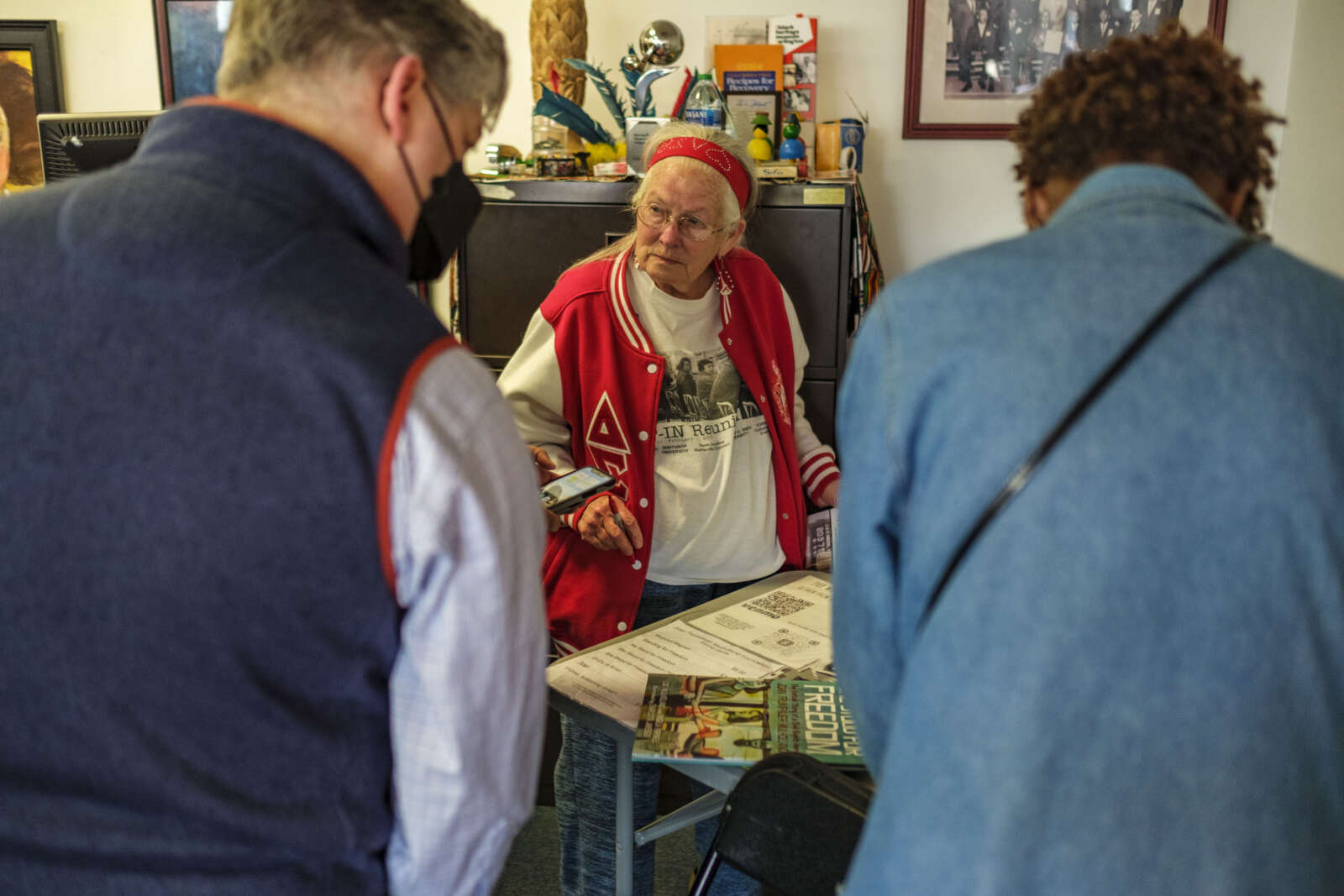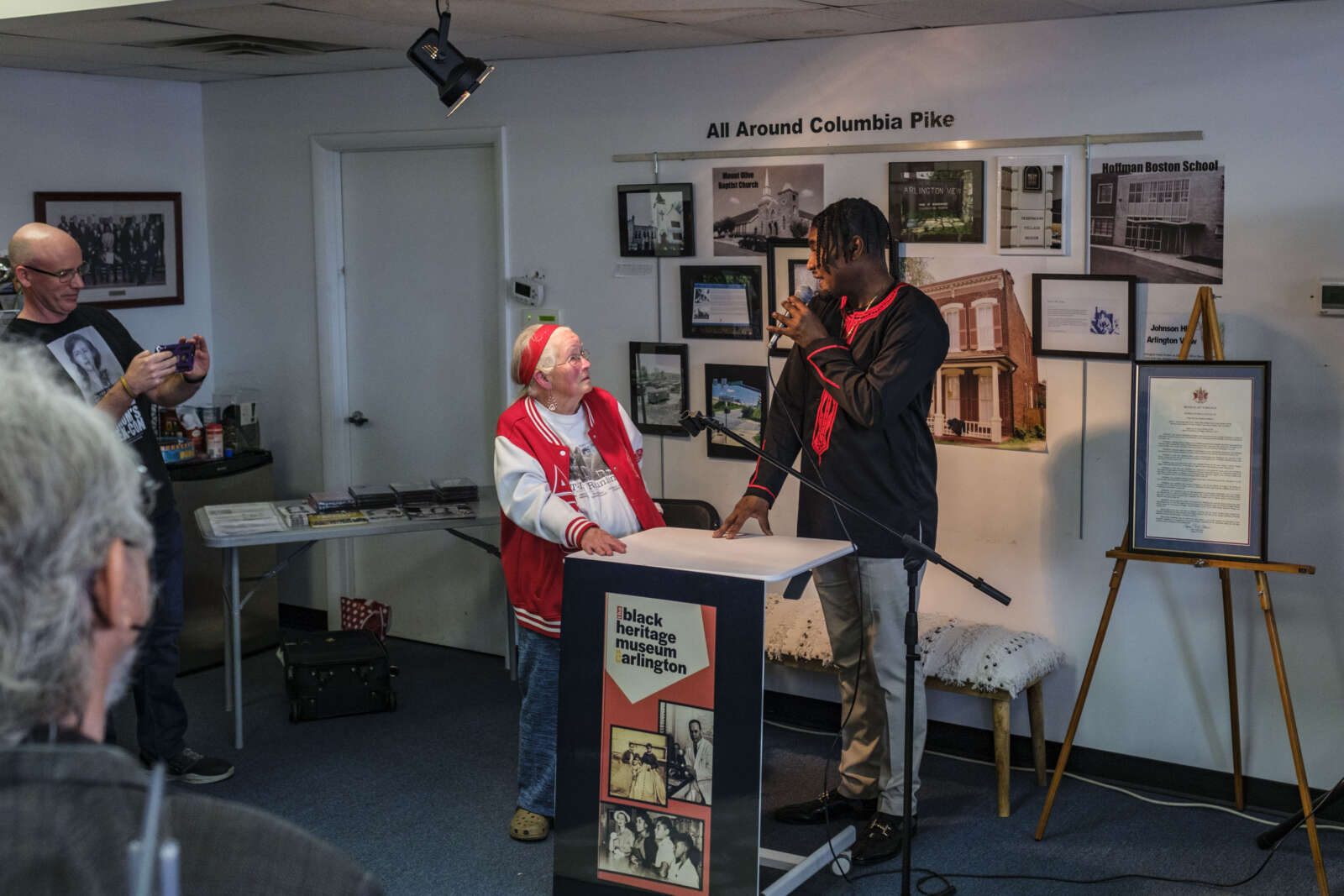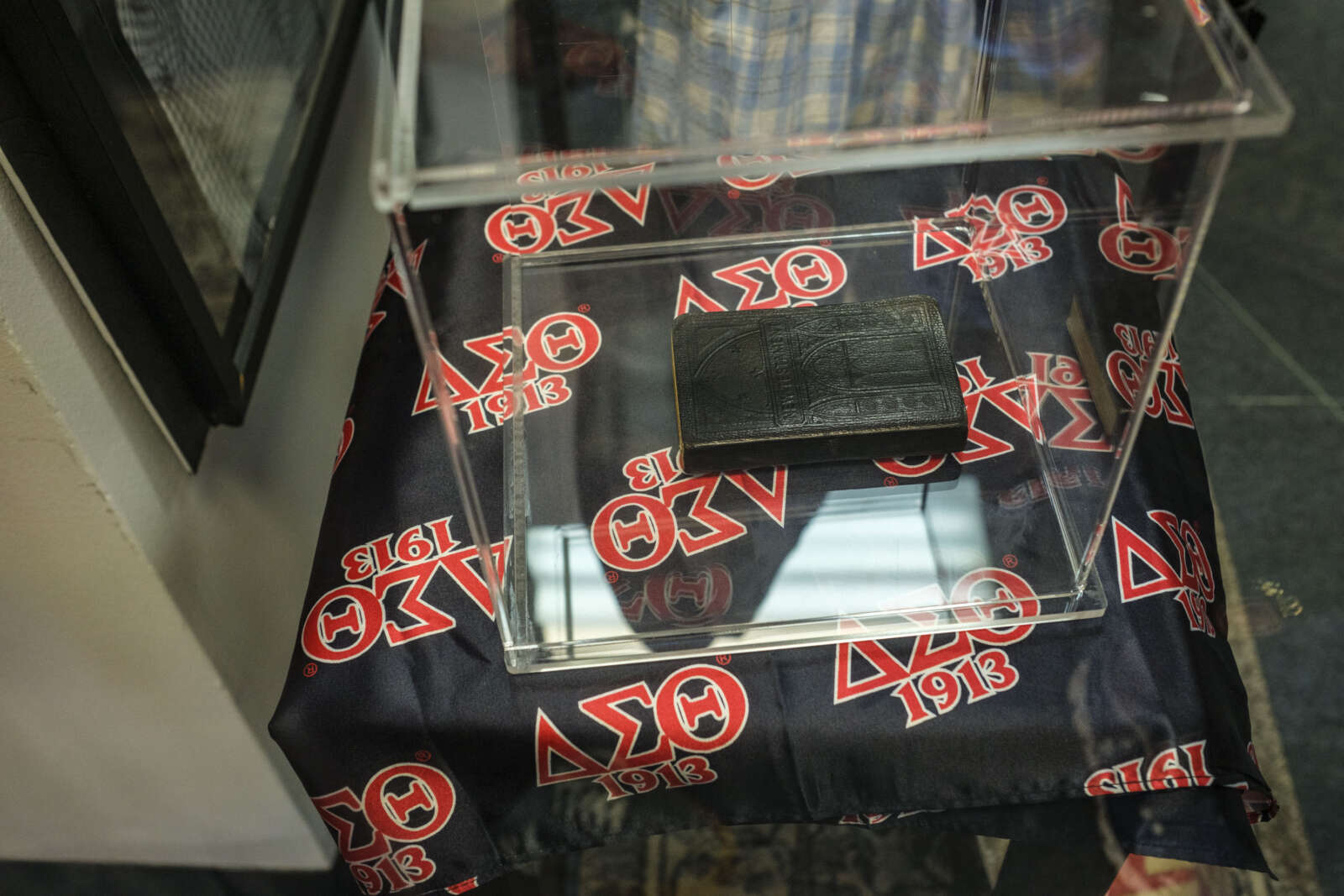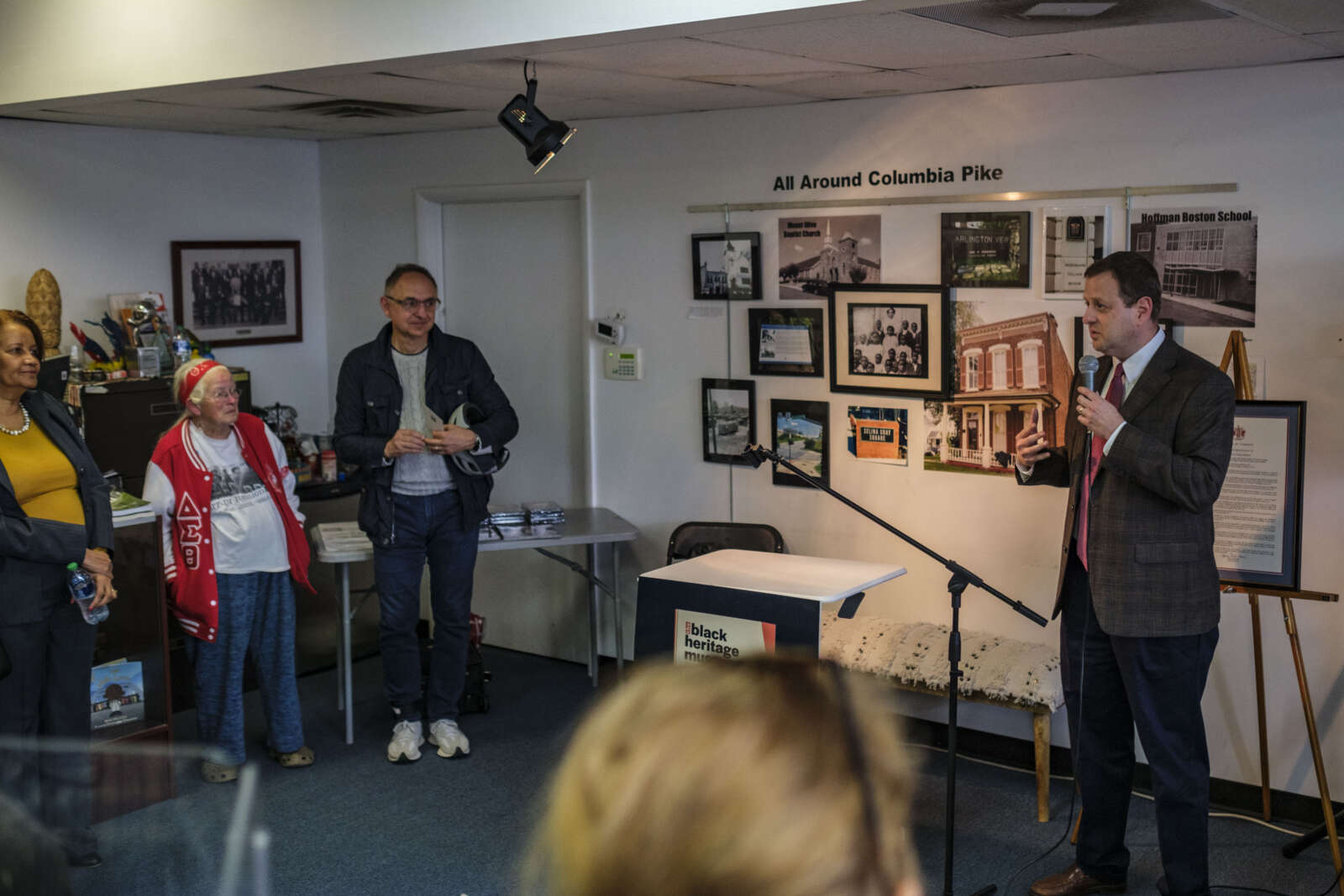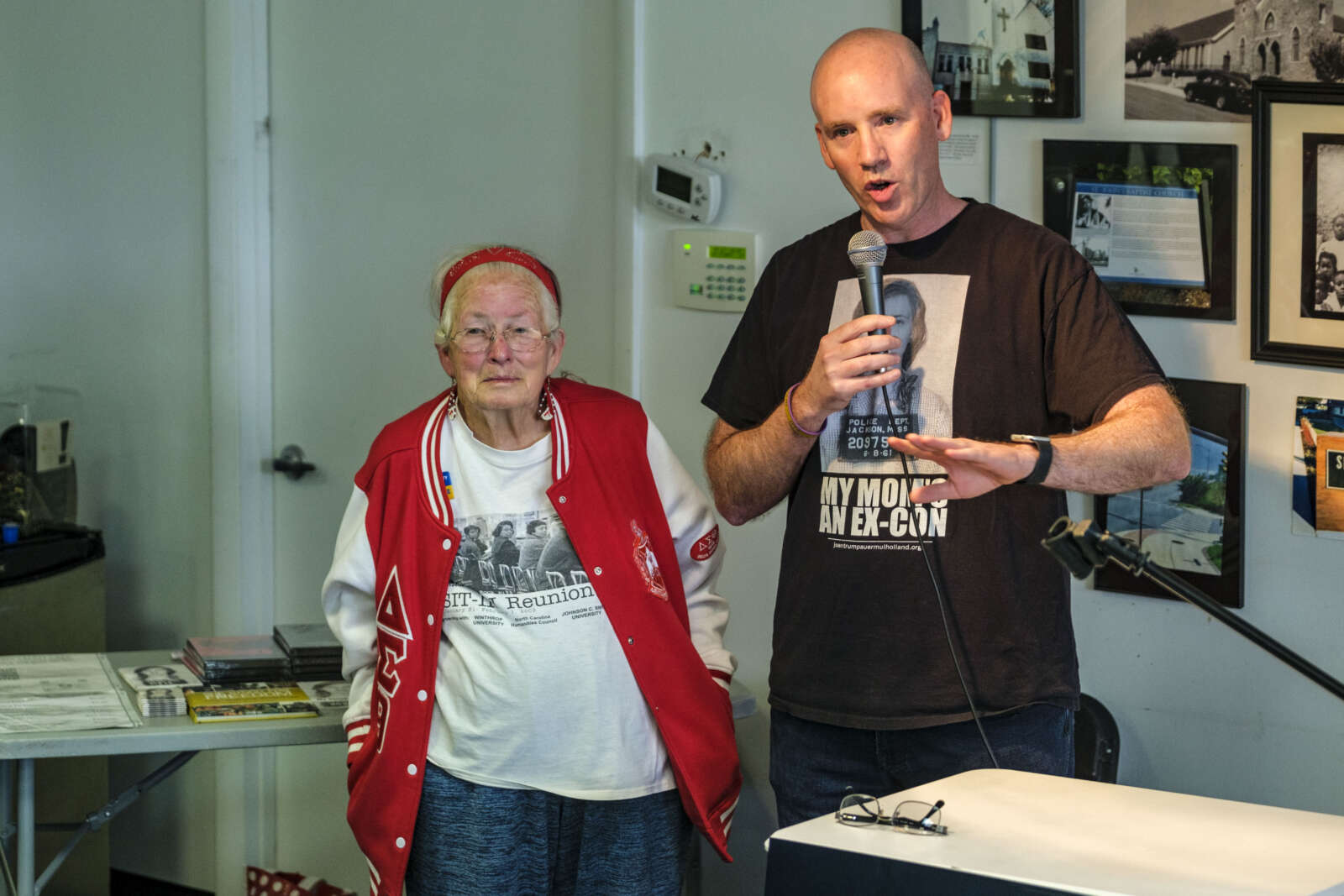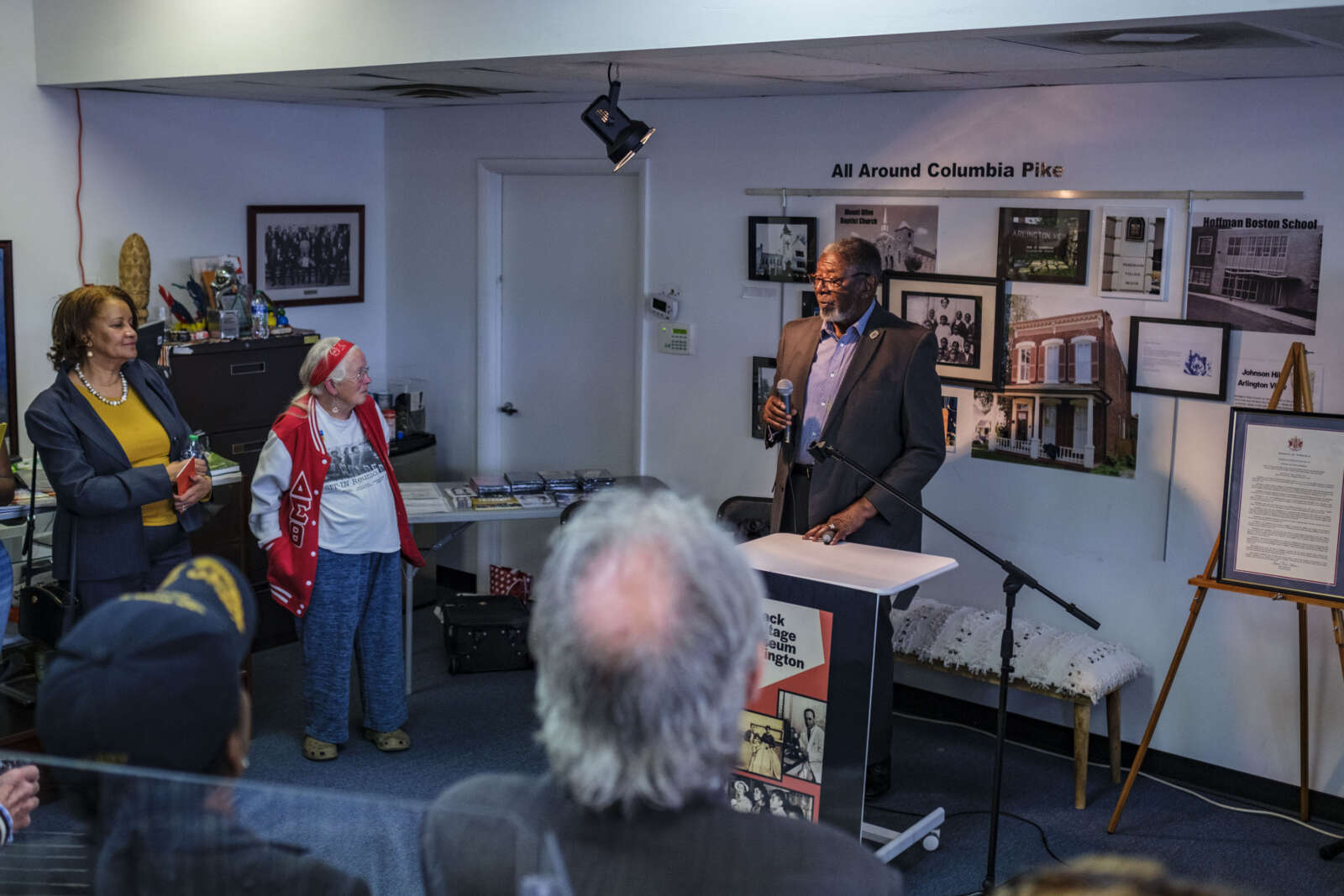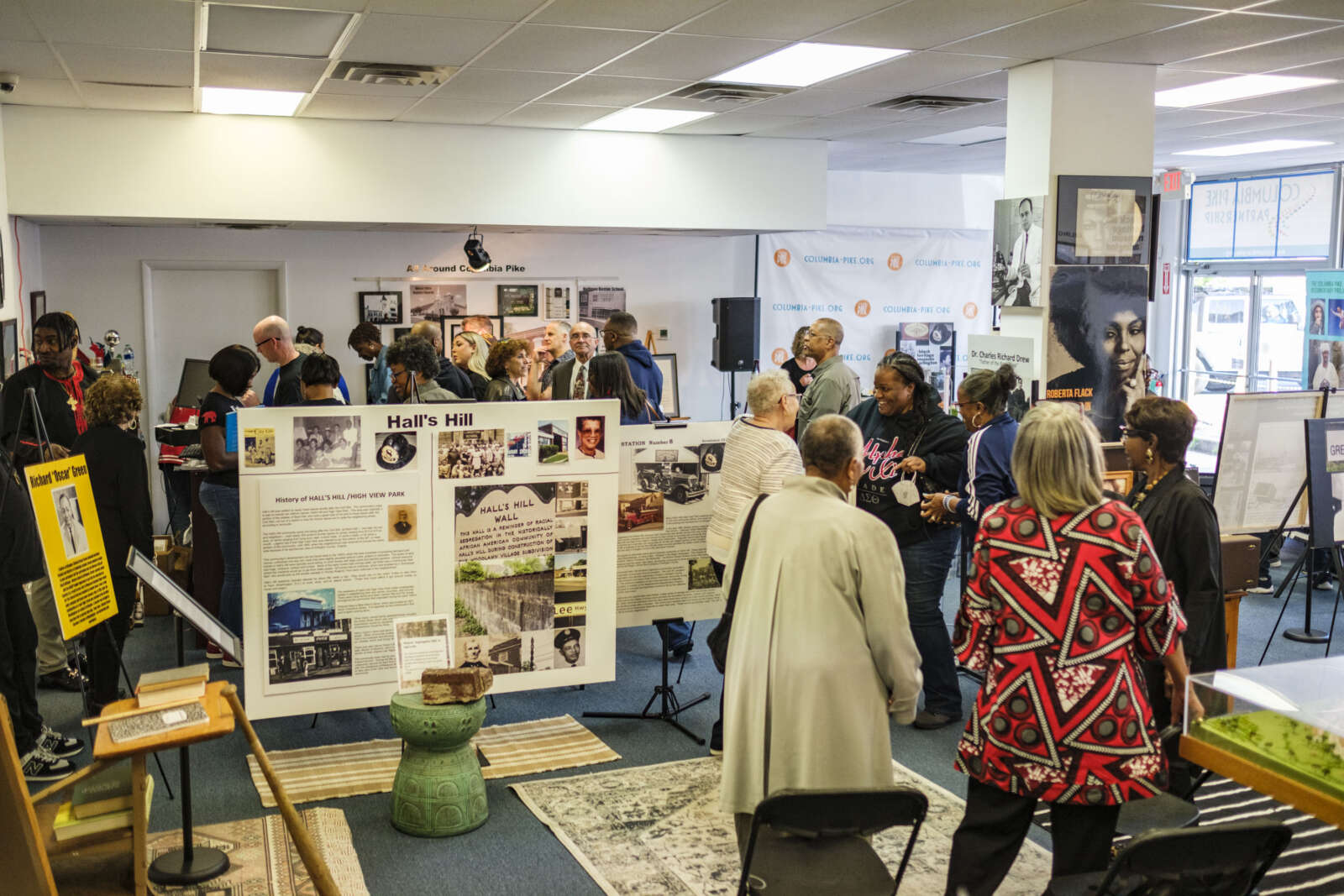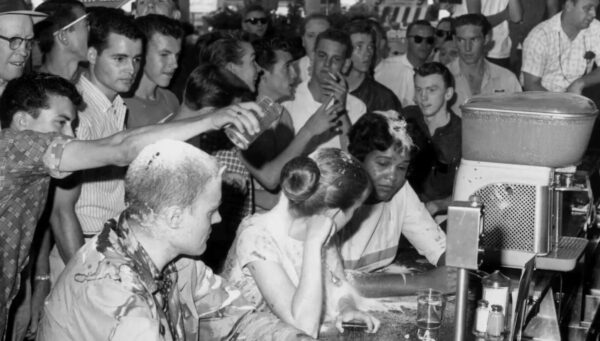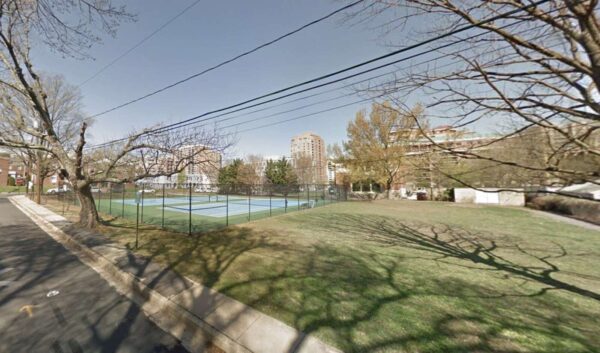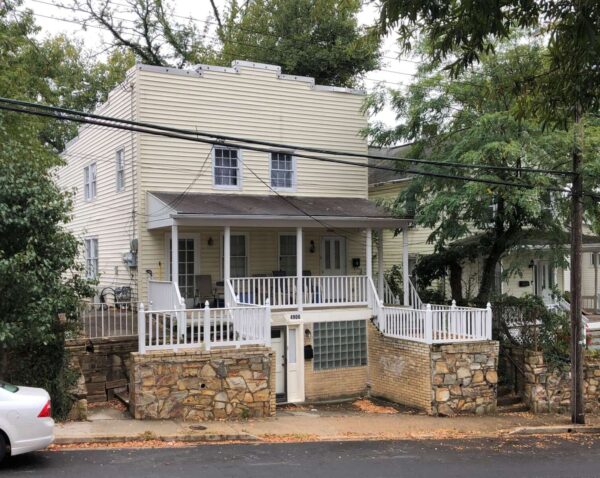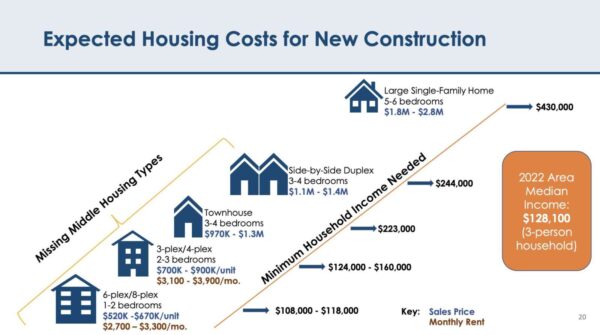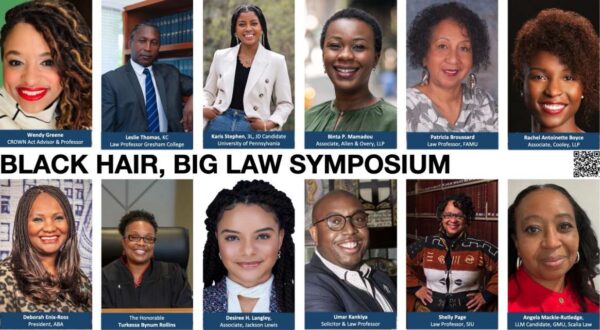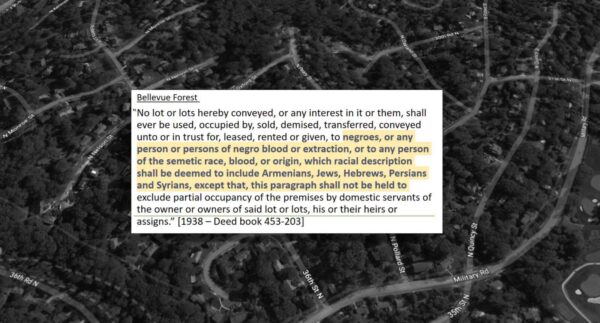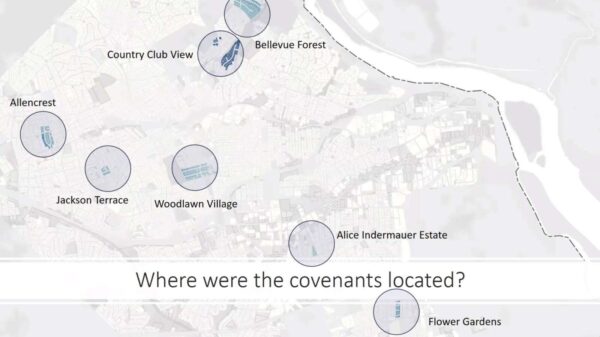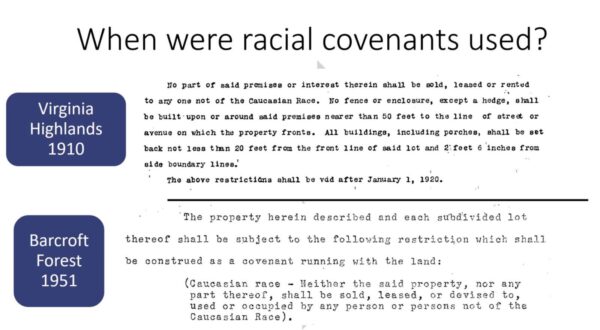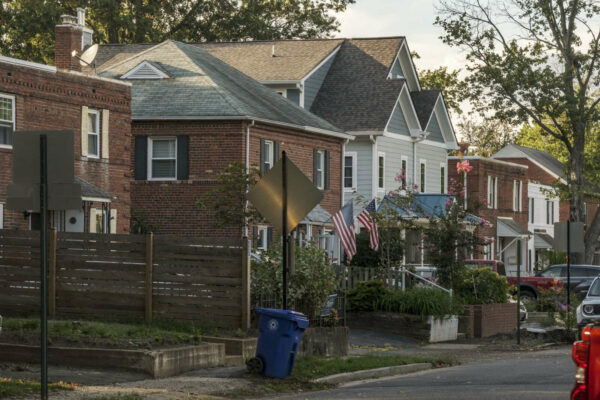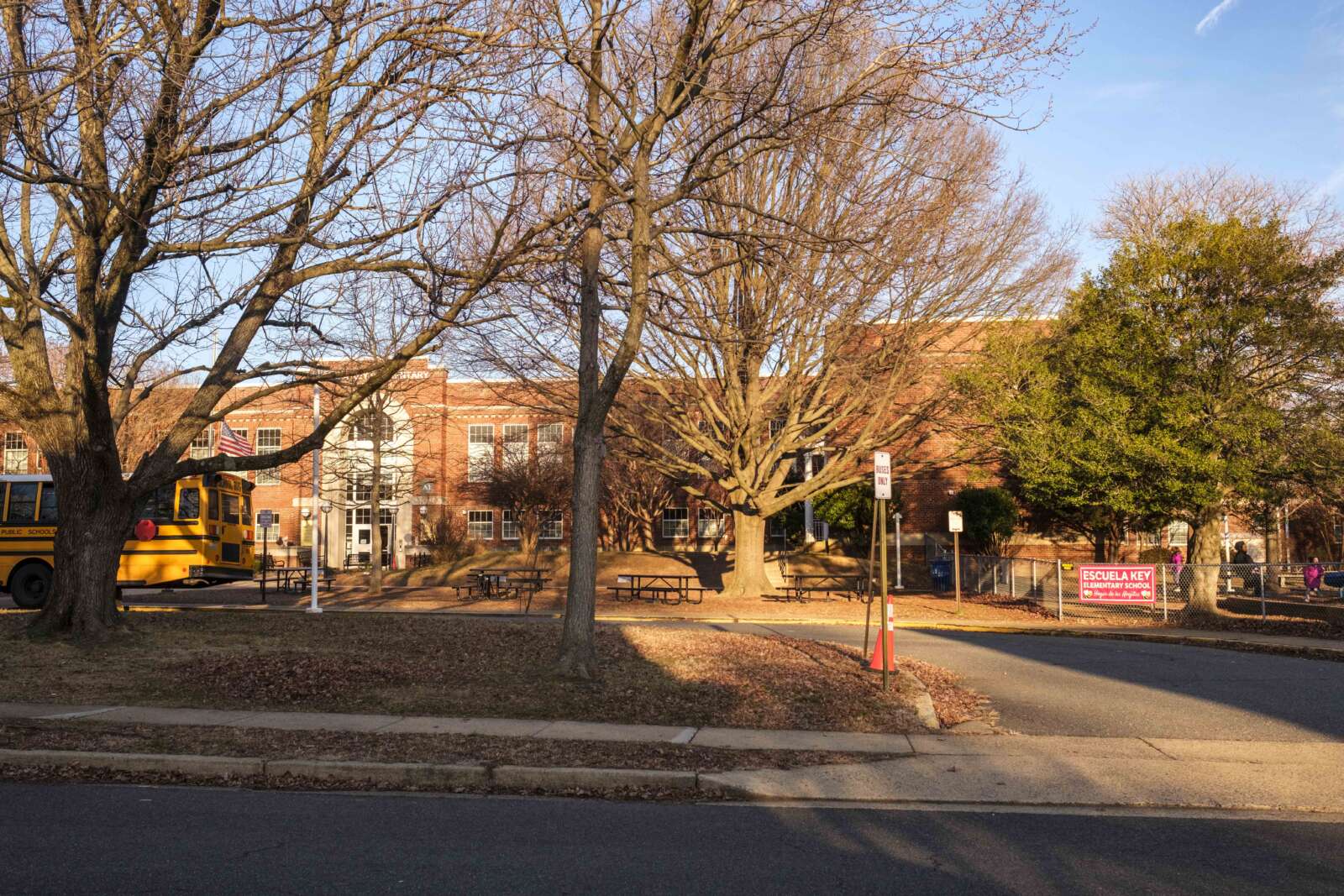
Graffiti resembling a swastika was found Monday at Key Elementary School, according to the school’s principal.
A staff member noticed the swastika-like drawing inside a bathroom stall in the second-grade trailer, Principal Marleny Perdomo said in an email to families last night, shared with ARLnow.
She said the drawing “is not an accurate depiction of the hateful symbol” but, as a precaution, the school requested Arlington Public Schools Office of Safety and Security and the Arlington County Police Department help with an investigation.
“At Arlington Public Schools, we condemn antisemitism and hate speech in all forms,” she said. “Hate speech impacts us all and is unacceptable, whether it occurs in person on school grounds or on social media. This type of behavior is unacceptable and any student(s) responsible will receive consequences in accordance with the Arlington Public Schools Student Code of Conduct.”
Today, staff at the Spanish immersion school, also called Escuela Key, will discuss “the impact of hate” with all students during class using resources from the No Place for Hate Campaign by the Anti-Defamation League (ADL).
“The goal will be to reaffirm that Escuela Key is a safe and supportive place for all students and that hate speech is not acceptable,” Perdomo said.
The principal urged families to play a role, too. She shared resources from the ADL as well as PBS Kids for talking about hate, violence, race and racism with children.
“I am asking families to talk to students about the serious nature of hate speech, as well as writing on school bathroom stalls, desks and other school property,” Perdomo said. ”We must continue to work together to eliminate discrimination and hateful speech in our school community.”
More from her email:
Our school counselors and administrators will visit classes throughout the coming weeks to reiterate our Escuela Key values of respect for self, others, and our space We will remind students that writing mean and hurtful words and images on walls or surfaces hurts others. We will remind students that our words have power and that we can choose to use them to make our school a better and happier place for everyone.
She noted the school will be hosting a class on peaceful relationships for children and parents tomorrow evening at the library.
The crude swastika coincides with an uptick in antisemitic incidents last year, though few of these incidents occured in Virginia, according to new FBI data. The ADL has observed an increase in antisemitism this month after Hamas, the Islamist military organization governing Gaza, attacked Israel.
Key School had another instance of worrying graffiti this January, when messages involving a possible gun threat and targeting a third-grade girl were found in a bathroom.
Some parents, including the mother of the targeted girl, told ARLnow they were frustrated to receive information in piecemeal updates and learn of a delayed involvement of law enforcement.
APS investigated the response and administrators apologized for the handling of the incident. Perdomo was placed on leave during this time, frustrating other families who pled for her return amid calls for more transparency from APS and the School Board.
The school system also investigated a swastika incident in 2020 at Thomas Jefferson Middle School.


